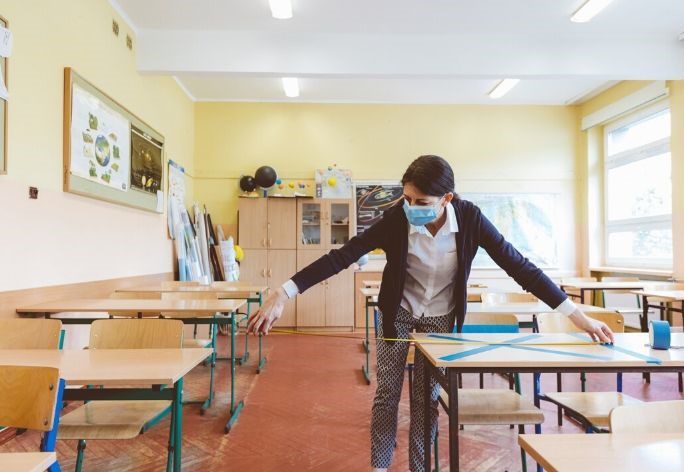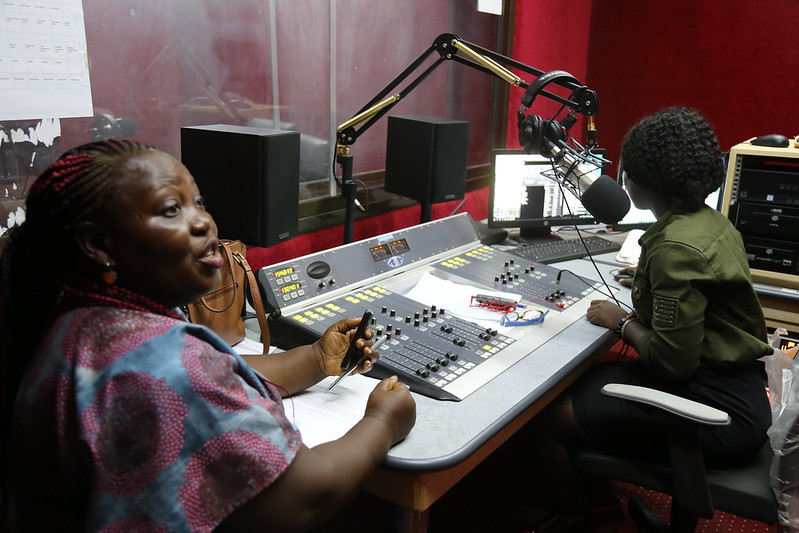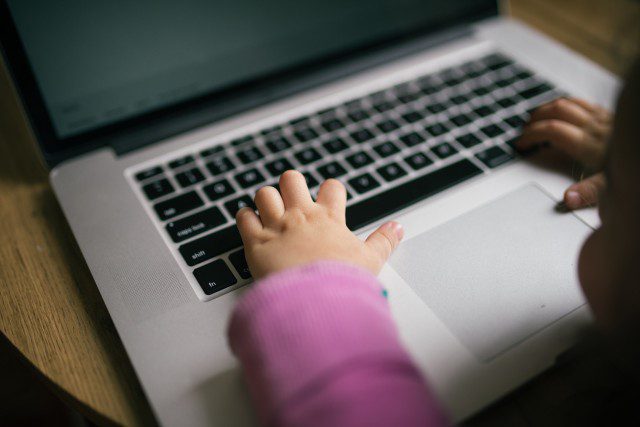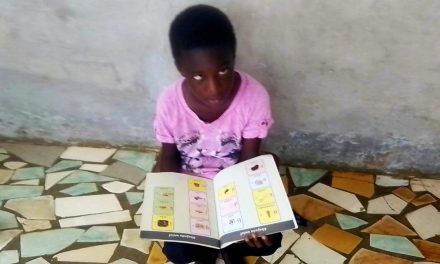This blog was written by Rt Hon Charles Clarke, consultant on education reform. Charles established the Education World Forum which is one of the largest gatherings of Education Ministers in the world. This blog was published on the Cambridge University Press website on 29 May 2020.
The impact of COVID-19
COVID-19 has impacted the education of every school child in the world. For every individual school and for every education ministry it has posed massive challenges. The central issue is how best to ensure that young people’s education is not damaged deeply and permanently and so how best to re-establish out from lockdown resilient and sustainable schools within efficient, successful and supportive education systems.  Difficult policy decisions about when to open schools again, and whether to require all children to go back to school, have to be taken against that background of guaranteeing children’s education, whilst always taking into account our best scientific understanding of how the epidemic is spreading and can be controlled.
Difficult policy decisions about when to open schools again, and whether to require all children to go back to school, have to be taken against that background of guaranteeing children’s education, whilst always taking into account our best scientific understanding of how the epidemic is spreading and can be controlled.
The starting point has to be to find the best way to get schools operating physically again in a way which allows children to thrive while giving teachers security about their own safety. Whatever the merits of online teaching and learning, which are great, no child’s education can be considered to be complete unless s/he is able to meet their peers, and talk and play in the kind of social environment which fosters intellectual growth and creativity.
It is simply not an option to keep the schools closed until a totally secure environment can be created – which could last as long as it takes to find a vaccine against COVID-19. A great deal of scientific evidence demonstrates that the biggest losers from an absence of schooling are children from the most deprived and disadvantaged communities. And moreover ‘no school’ means that all children lose the learning opportunities that they need and want, together with the social engagement which is an essential part of life while they’re growing up. Without school children’s educational development is stunted.
Therefore schools and governments have to decide how best to balance the often complex risks and then to open schools in the most expeditious way. This means
- organizing the school buildings effectively and safely,
- developing teaching and learning in a way which can flourish within those conditions,
- conducting the formal examinations and assessments which are necessary for children to be able to progress successfully to the next stages of their lives,
- and supporting and training teachers to perform at their best in these very difficult circumstances.
And this all needs to be done in a broadly agreed way rather than by some government diktat. This can only be achieved through outstanding levels of leadership both at school level and in government.
Organising schools
So the first, physical, question is to identify the best way in which any school can work in a socially distanced way, in order to minimise the spread of the epidemic within the school and to reduce the risk of transmission beyond. This can only be done at the level of the individual school since obviously physical circumstances differ very substantially from school to school.
There will be some general requirements, including the availability of protective clothing where necessary, regular hand-washing throughout the day, the erection of physical barriers in some parts of the school and in classrooms and the organisation of travel around the school, and at break times, in a way which minimises contact. It may be necessary to replace the provision of meals on school premises by requesting food to be brought from home. Some ‘out-of-school’ activities may not be possible. School attendance may well need to be phased, on a rota basis. These problems are all soluble given the will and the creativity to do so. And indeed there is no alternative to solving them.
Developing teaching and learning
Of course the fundamental challenge is to provide the teaching and learning to children which enables them to make progress. One positive side-effect of COVID-19 has been the development and extension of the use of a range of technologies, including TV and radio as well as online teaching and learning in the form of presentations, online classes and discussions. Such techniques need to be used in the most effective way and the best ways of doing this for an individual school need to be found. Another side-benefit has been the very direct involvement of parents in their children’s education, working together with the school. Online teaching and parental involvement are not new in many schools and have always been part of good education. But they will take on increased significance as a result of experience in recent months.
One very important element of the teaching and learning challenge is for schools to be able to provide effective remedial teaching and learning for those children who have lost a great deal of educational time through the COVID experience. Again online teaching has much to offer in this field but it should also be possible for schools to be open, at least to those who want it, in the traditional school vacations to allow children to catch up where they lost while the schools were closed. Indeed more fundamental rethinking of the timetable of the school year is worth considering.
Formal examinations and assessments
A further important dimension of this crisis has been the disruption to traditional examinations and assessment in a way which really is very difficult for some young people as they reach key decision points in their lives. Governments, universities and employers need to work harder to achieve a much greater degree of flexibility in the taking of exams. Creativity and imagination are needed in finding better ways to allow students to do their examinations in different ways – either at different times, for example later than usual, or by different means, through online assessment.
Supporting and training teachers
Training and support for teachers, including head teachers, is an extremely important element of making these changes work both in the immediate circumstances of this first wave of the COVID epidemic but also in any later stages and indeed in the permanent new reality which will dominate the future of school education. Fortunately online teacher training is a readily available and well-practised means of providing such support which can be achieved relatively easily whilst teachers are at home. It is just necessary to produce and make available high quality online teaching resources for teachers.
A comprehensive response focused on the future
These measures need to be taken up and implemented in a comprehensive way. Different countries have already taken up different elements of these proposals. For example the UK is providing laptops for pupils who otherwise don’t have them so that they can benefit from online teaching and learning, and they are encouraging voluntary summer schools in August for pupils to be able to catch up on what they have missed. Oman plans to fast-track coverage of key content from the previous semester before beginning the content of the new academic year. Countries such as the UAE, Qatar and Morocco are planning to integrate online teaching and learning in the longer term. Of course different countries will need different forms of response to ensure that “no child is left behind” and at this point it is too early to make clear judgements about the ways in which individual countries have performed in facing this cataclysm.
However it is clear that the new educational environment will make better use of online education, will deliver better partnerships with parents and will demonstrate far higher levels of flexibility in both education and assessment to create the resilient and sustainable schools which will best enable children to get the high-quality education which will be so essential for their, and our, future.




